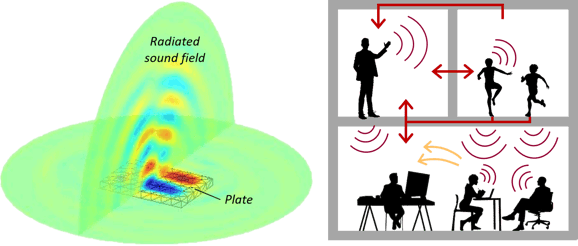Introducing Our Pipe Lagging
ASTM E84 - Non Foam - British Made - No.1 Product in the Market


Our Lagging is designed to reduce noise breakout from wastewater pipes and airconditioning ductwork by isolating noise. It is a flexible tri-laminate acoustic lagging product. It is chlorine free, with ultra-low smoke toxicity and exemplary VOC certification.
ASTM E84 Class A fire rated product.
It comprises a Class O (BS 476) aluminium facing thermally fused to a distinctive red coloured 5kg/m2 highly dense layer of EURO CLASS B (B-s2-d0) Rated.
Acoustic barrier and a de-coupling layer of sound absorbing non-combustible (EURO CLASS A1) glass wool.
This is quilted and encapsulated with a white polyester scrim which helps to prevent the shedding of fibres.
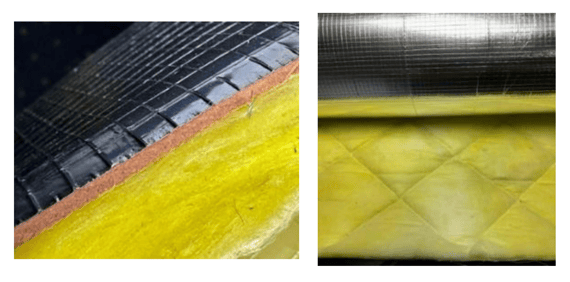

Rating according to ISO 717-1 Rw(C) = 26 dB
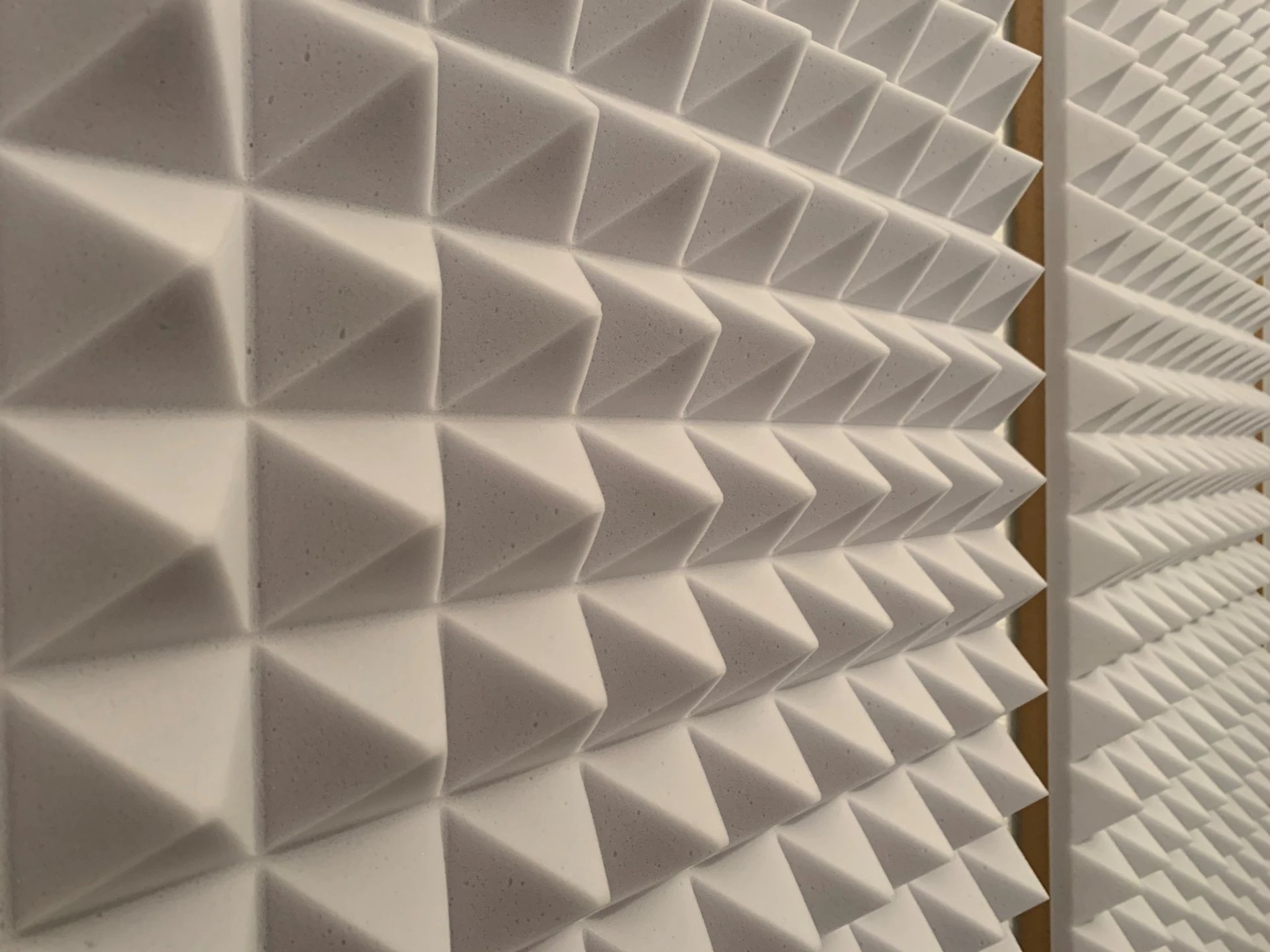
Acoustics
Tailored noise control systems for every project.
Noise Control Solutions
Effective systems for sound isolation and vibration.
Expertise in residential and commercial projects.
Industry-leading products for superior noise reduction.
Projects
Provide a short summary of your recent projects, highlighting the most important things.


Emaar Music Institute
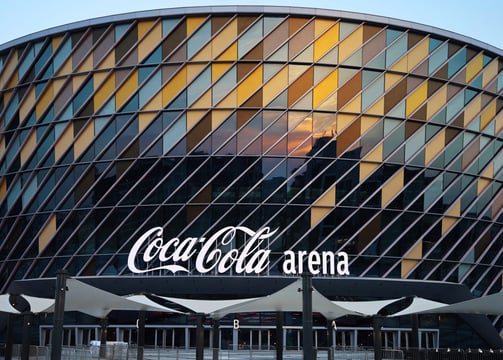





Coca Cola Arena
Your Partner in Acoustic Excellence
Delivering tailored acoustic solutions for superior sound isolation and noise control in diverse projects.


200+
60+
Trusted by Contractors
Projects Excuted
We Build Trust
Few of The Contractors That Trust US.

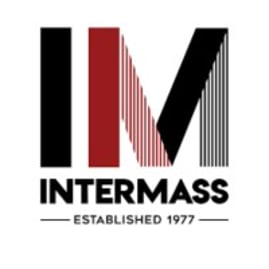














Acoustic Products
Explore our tailored acoustic solutions for diverse residential and commercial projects.
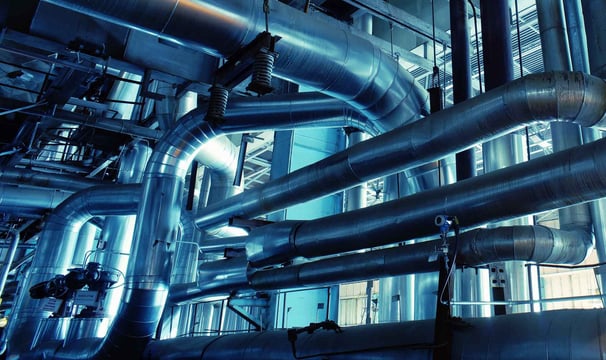

Minimizing pipe noise transmission with high-performance acoustic lagging solutions, tested to ASTM E84 standards.
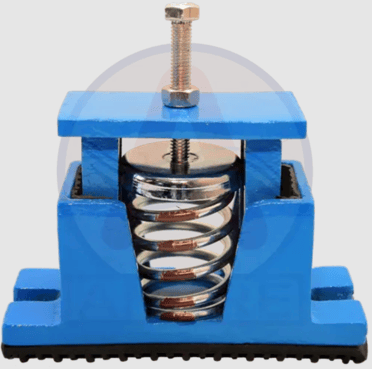

Ensuring structural integrity and noise reduction with advanced vibration isolation solutions tailored for diverse industries.
Our Engineering


Acoustic Material Design
Sound-absorbing or -insulating materials, e.g., porous layers and micro-perforated panels, are widely used throughout the built environment for noise reduction. However, their performance is often restricted by the available space, because it is typically required to use materials of unrealistically high mass or volume to reduce the noise, especially in the low-frequency range. To overcome these limitations, acoustic material designs targeted at reducing the noise in low and broad frequency ranges while occupying a much smaller volume compared to the conventional materials are being developed.
